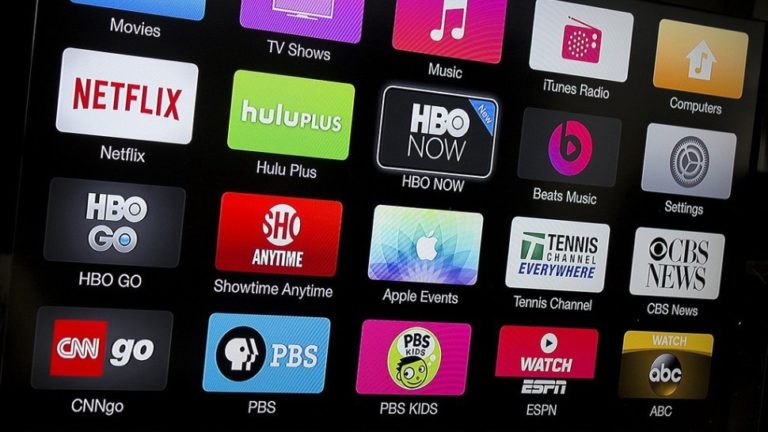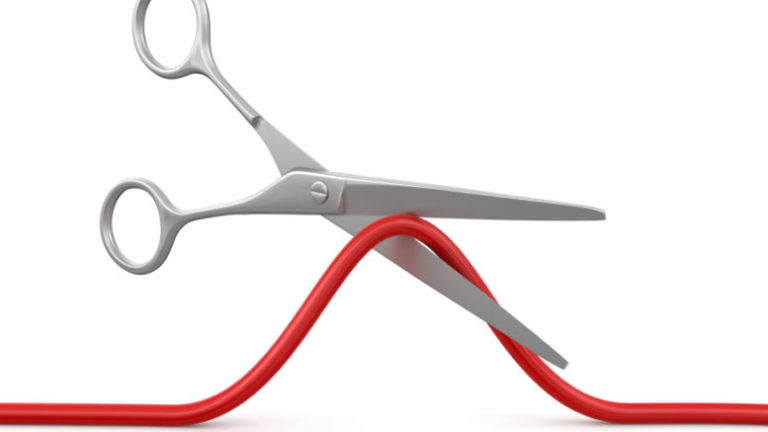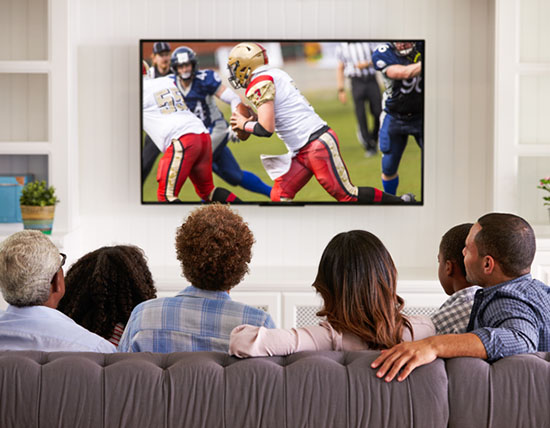
In this era of content binging, one customer has thousands of hours of movies and television at a fraction of the price of cable. The death of cable TV always seemed inevitable, but when Netflix exploded on the scene, it seemed it would be only a handful of more years away. A decade later, there are more than twenty streaming services with varying prices and one can beg the question of whether or not cutting the cord was the frugal route streaming was meant to provide.
Trying to nail down an average cable bill can be difficult due to promo rates, various fees, and bundling services. One research group I came across claimed the average monthly bill was $104 in 2020. Another website I found said, based on their research and a poll, that it was $150 a month, and that the majority of those on the poll said they were saving $50-75 when they cut the cord and switched to streaming. Needless to say, paying for cable is a weird jungle gym of pricing, and everybody climbs and walks on it uniquely.
With streaming, it’s a much cleaner bill, as there are no fees and no promotions (except for the occasional one-month free trial). However, With over two dozen streaming services out there now, and if one hypothetically subscribed to the majority of them…well let’s break it down. For this experiment, we are only using the top ten most popular.
Netflix-$15
Disney+-$8
Amazon-$13
Hulu (with ads)-$5
HBO Max-$15
Paramount+-$10
Peacock-$10
Apple TV+-$5
Showtime-$11
Starz-$9
Total=$101/Month
That doesn’t seem like a scary number at first when comparing it to the cable predecessors. But it becomes a little more worrying when you consider that I only used about half of the streaming services for this list and that there will be more coming down the pipeline. This number I conjured is small potatoes compared to the bigger picture.

So what’s the better option?
The answer may seem like a copout but it all depends on your priorities.
Let’s look at some scenarios.
If you’re somebody who owns three to five TVs scattered around the house and you enjoy having all of them on depending on where you are in your home because it makes for great background noise and a casual distraction, then perhaps cable is for you as streaming doesn’t always keep the barrage of content rolling on 24/7.
If you’re a simpleton with your television who had all your favorite shows on one or two channels and your monthly cable bill was $75-80, then you ought to cut the cord because you’ll more than likely find a streaming service for that specific channel you’ll love so much for a fraction of the price.
If you’re in a similar boat who is paying $75-80 a month but had all your favorite shows scattered across several channels, then perhaps you ought to decide if cutting the cord is worth it as you’ll most likely have a similar price if you switch to subscribing to three or four different streaming services.
One last scenario:
If a dad likes his sports, he’ll probably get live streaming like Youtube TV, which is $65 a month. But the mom loves watching The Crown so they get Netflix at $15 a month. But one child likes all the Marvel content so they also get Disney+ at $8 a month. And the other child loves reality TV so they get Hulu without ads, which is $12 a month. That’s exactly $100 a month. This is an example of weighing your priorities because cable provides plenty of sports and reality shows but The Crown and Marvel content is exclusive to streaming.

Though there isn’t a doubt that streaming will ultimately be the future (some analysts are predicting that cable TV won’t survive into the 2030s), it will not be the slam dunk affordable replacement that we always assumed it to be. With prices constantly climbing, just having two or three of these streaming services will eventually be as expensive as cable television. As of right now, most people are paying less than a hundred bucks a month for tens of thousands of hours of content. Right now it’s a golden age for streaming. Right now the streaming companies are focused on building an audience and winning them over with affordable prices. But those prices keep rising. In 2010, Netflix was only eight dollars a month. Now it’s nearing seventeen. This climb has no foreseeable ceiling. What is also worrisome is that as more of these come out, and as more content we love becomes more and more spread out, It’s not a crazy theory that streaming could become more costly than cable television was.